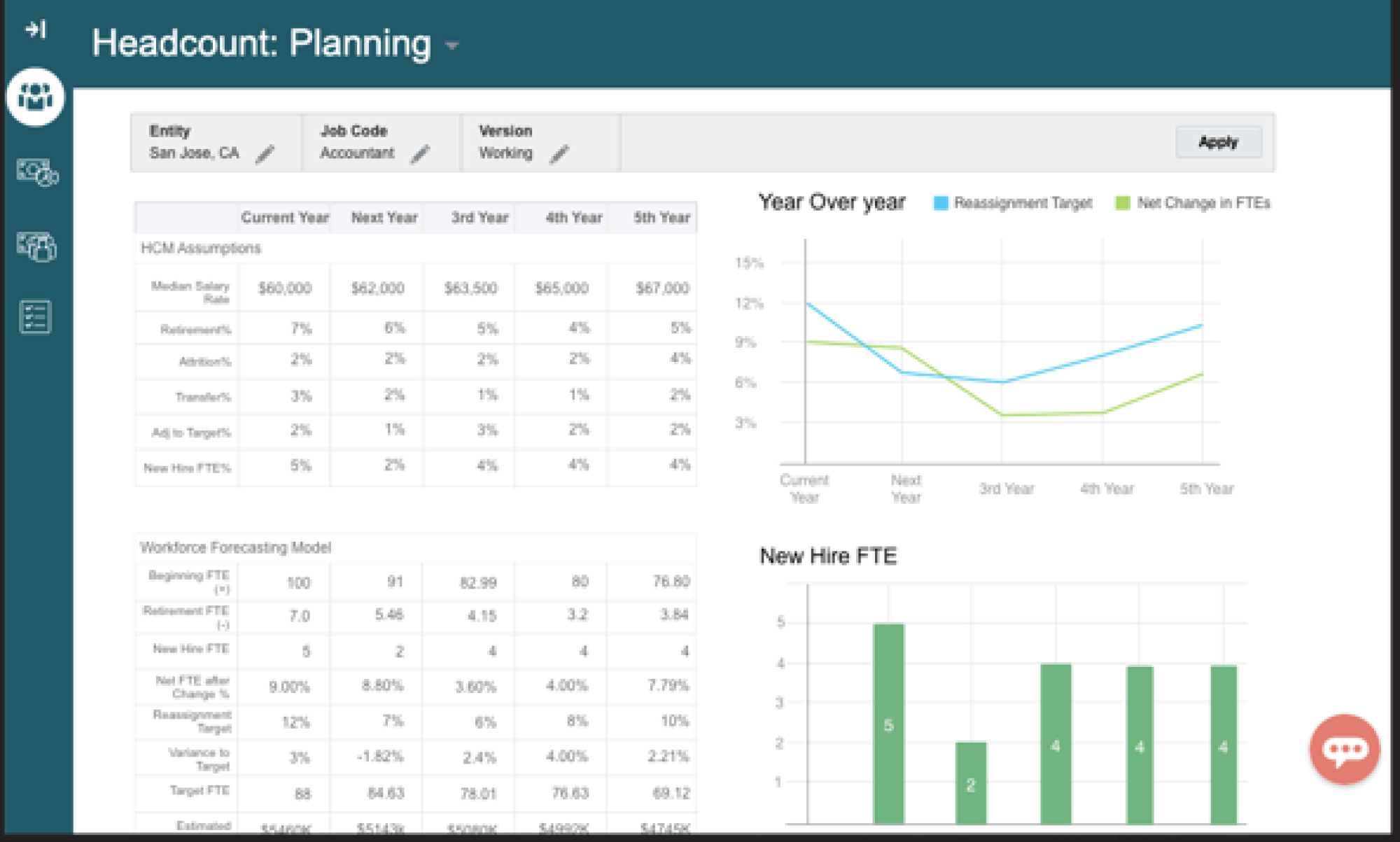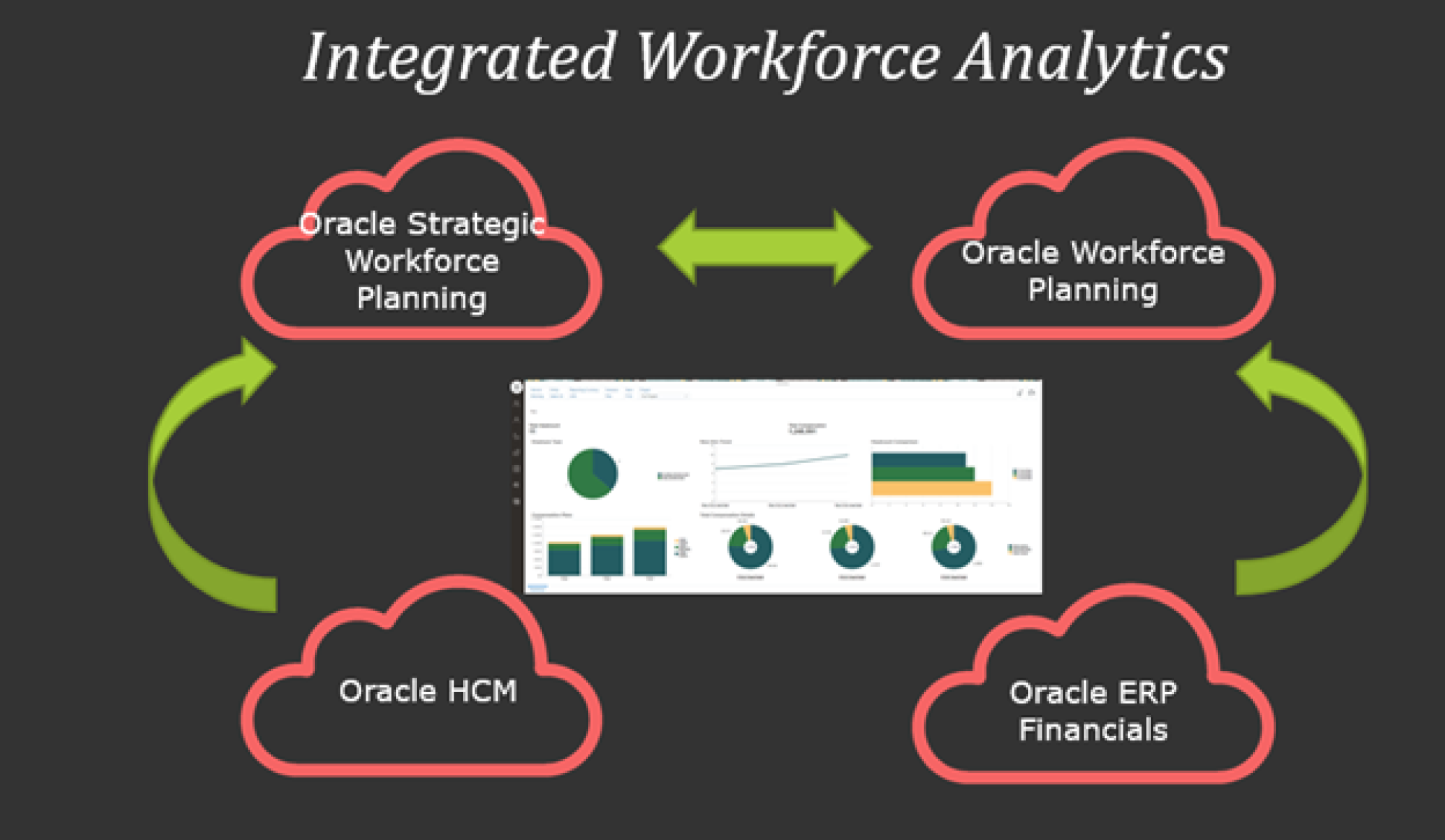Labor Planning for Healthcare has always been a major pain point for most organizations. Add the complexities of staffing challenges due to a global pandemic, and you have a real strategic challenge that needs to be fought on two fronts:
- Tends to be a large business risk between the health systems business strategy versus the people strategy – Do we have the right skills, right place, and right time to adequately provide the care and performance that is required?
- With labor costs being one of the largest expenses for healthcare organizations, being able to adequately plan labor is critical to understanding the overall financial health of your organization.
I am of the mindset that the requirement for HR and Finance teams to work more closely together is more critical than ever to deal with this changing landscape of workforce management. These two planning options should be independent of each other with key integration to understand impacts on both fronts.
It may be shocking, but we will ask very simple questions to our clients, like, “What is your current headcount in your organization?” and this is met with quite perplexing answers. Being able to understand the varying demographics of your organization is critical to putting together a solid Strategic Workforce Planning process to effectively plan for clinical and fixed staff imbalances.

The other consideration in healthcare is finding the right talent for your organization or understanding the needs to support the care your organization needs to deliver. Traditional planning solutions are not equipped to deal with understanding tenure, pertinent demographic information, certifications, etc., to adequately paint the right picture of your staff to understand trends that may or may not be developing. Analyzing that to better model organizational change quickly is important to meet the needs in an evolving system. This unique capability by Oracle Strategic WorkForce Planning to account for all four facets of strategic workforce planning will meet the needs of a complex organization like healthcare.
- Plan – help predict future headcount and skills required to treat patients and deliver quality care
- Assess – identify skills needed from the department to individual level
- Model – outline key organizational changes quickly
- Achieve – finally combine Finance and HR data to create strategic workforce plans
Financial health within healthcare organizations is more important than ever. Shrinking margins, risk-based contracts, and severely increased labor costs require effective labor planning capabilities. Flexibility in the labor planning process is something we routinely hear, and as you can guess, this means different things to different organizations.
What level should we be planning at? A question our team gets all the time. With dynamic organizations like healthcare it always varies, again based on maturity, those involved in Planning process, data available, etc. Job Code, Employee, Physicians — all these come into play when we help clients understand what is possible.
- Employee Planning: Usually works well in areas where the staff is fixed in nature, i.e., non-clinical, or the department being planned is not volume driven.
- Job Code Planning: We advise this level of planning when the organization's employee count is high and the level of maturity around labor management is part of the culture of the organization. Job code planning is also required when you want to flex labor by volume.
- Physician Planning: Theoretically speaking, physician planning is like employee planning in the sense it is by named individual. The variation exists in how the compensation is planned and more salary driven than FTE driven.
Most organizations find that Hybrid labor planning, a combination of all three, fits best to address all the variations that exist in the labor planning process. Our recommendation is to use the name employee/position approach for fixed departments and job code planning for volume driven clinical areas. You will find that approaching the labor planning process this way allows for the most flexibility in the development of the labor plan.
Developing a fully integrated WorkForce Planning process that allows you to understand strategic impacts, coupled with detailed workforce budgeting, is critical to succeed in a post pandemic, lean labor market. Our team of experts are skilled at helping you envision what could be with your labor planning process and help you integrate these processes with your Oracle Cloud investment. Reach out today to ask how we can help provide transparency within your organization!

For comments, questions, or suggestions for future topics, please reach out to us at [email protected]. Visit our blog regularly for new posts about Cloud updates and other Oracle Cloud Services such as Planning and Budgeting, Financial Consolidation, Account Reconciliation, and Enterprise Data Management. Follow Alithya on social media for the latest information about EPM, ERP, and Analytics solutions to meet your business needs.
